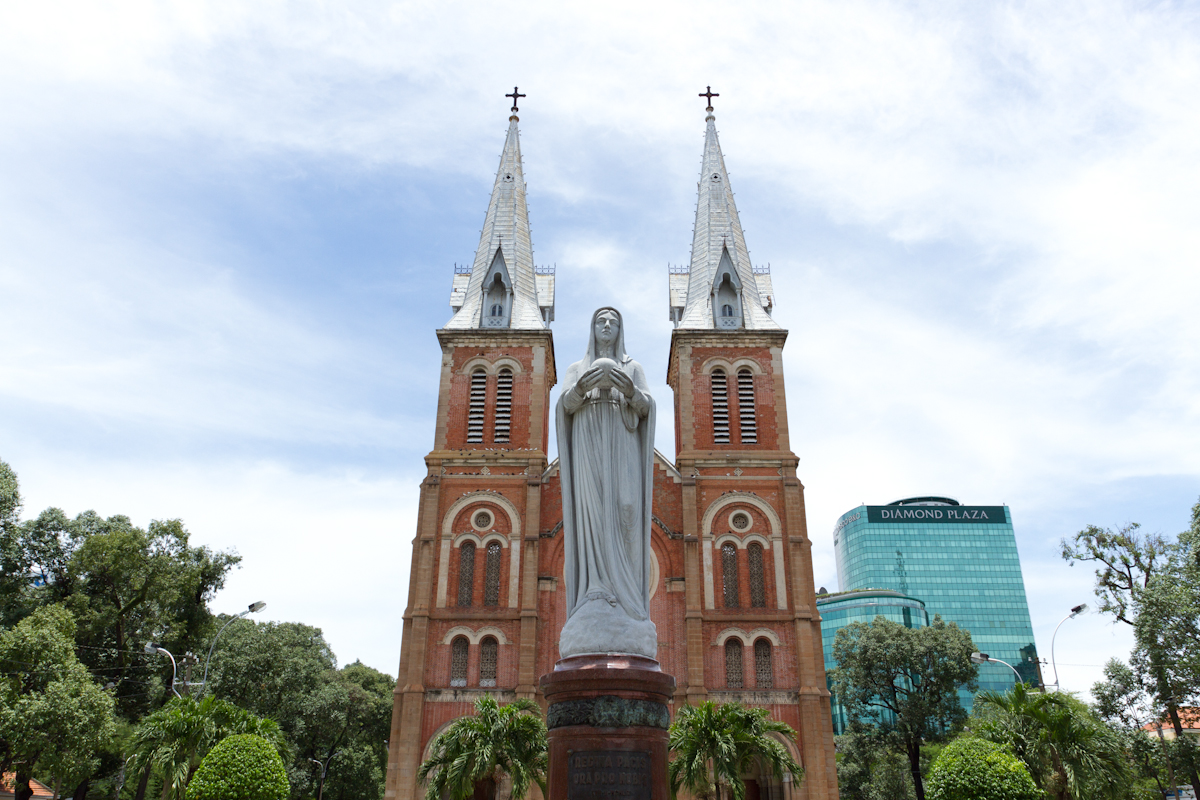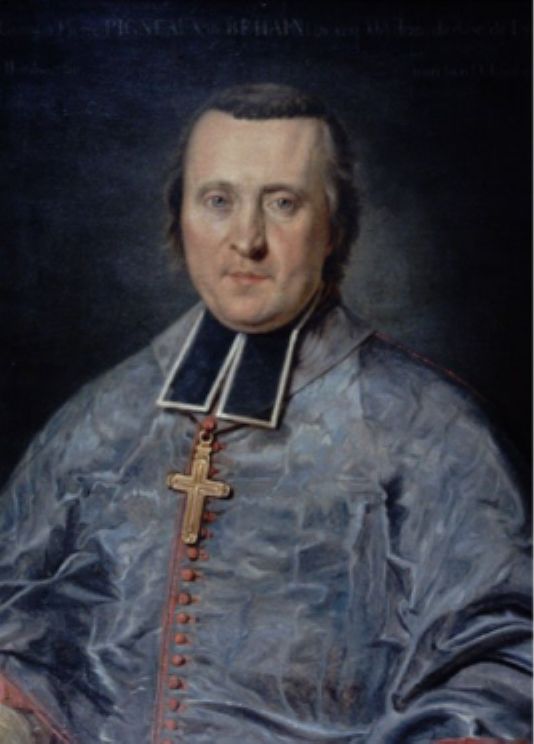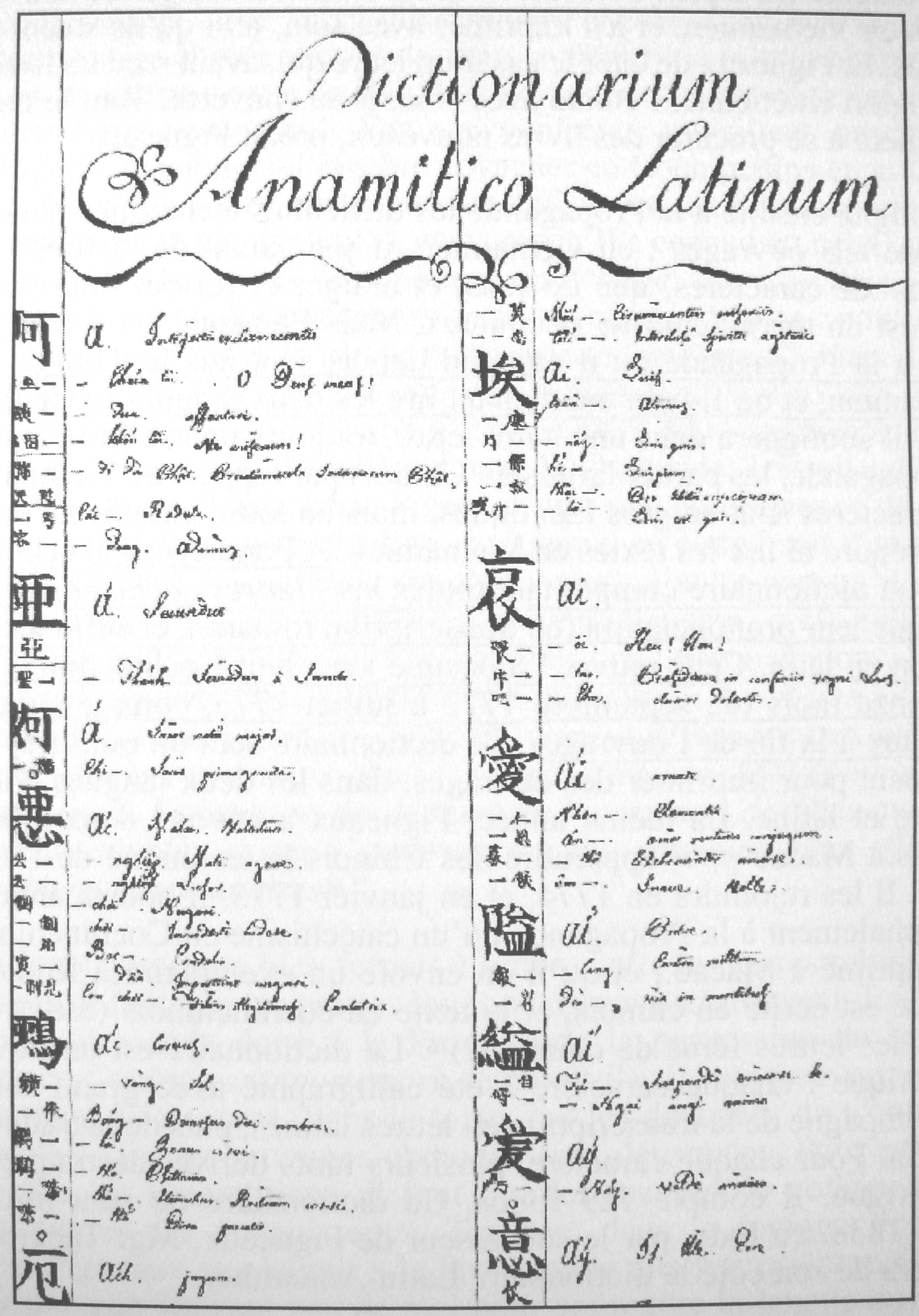|
Notre-Dame Cathedral Basilica Of Saigon
Notre-Dame Cathedral Basilica of Saigon ( vi, Vương cung thánh đường Chính tòa Đức Bà Sài Gòn or ; french: Basilique-Cathédrale Notre-Dame de Saïgon), officially Cathedral Basilica of Our Lady of The Immaculate Conception ( vi, Vương cung thánh đường Chính tòa Đức Mẹ Vô nhiễm Nguyên tội; french: Basilique-Cathédrale Notre-Dame de l'Immaculée Conception) is a cathedral located in the downtown of Ho Chi Minh City, Vietnam. Established by French colonists who initially named it the ''Church of Saigon'' (french: l'Eglise de Saïgon), the cathedral was constructed between 1863 and 1880. The name ''Notre-Dame Cathedral'' has been used since 1959. It has two bell towers, reaching a height of 58 meters (190 feet). History Following the French conquest of Cochinchina and Saigon, the Roman Catholic Church established a community and religious services for French colonialists. The first church was built on today's Ngo Duc Ke Street, but it was ... [...More Info...] [...Related Items...] OR: [Wikipedia] [Google] [Baidu] |
Ho Chi Minh City
, population_density_km2 = 4,292 , population_density_metro_km2 = 697.2 , population_demonym = Saigonese , blank_name = GRP (Nominal) , blank_info = 2019 , blank1_name = – Total , blank1_info = US$61.7 billion , blank2_name = – Per capita , blank2_info = US$6,862 , blank3_name = GRP ( PPP) , blank3_info = 2019 , blank4_name = – Total , blank4_info = US$190.3 billion , blank5_name = – Per capita , blank5_info = US$21,163 , blank6_name = HDI (2020) , blank6_info = 0.795 ( 2nd) , area_code = 28 , area_code_type = Area codes , website = , timezone = ICT , utc_offset = +07:00 , postal_code_type = Postal code , postal_code = 700000–740000 , iso_code ... [...More Info...] [...Related Items...] OR: [Wikipedia] [Google] [Baidu] |
Toulouse
Toulouse ( , ; oc, Tolosa ) is the prefecture of the French department of Haute-Garonne and of the larger region of Occitania. The city is on the banks of the River Garonne, from the Mediterranean Sea, from the Atlantic Ocean and from Paris. It is the fourth-largest city in France after Paris, Marseille and Lyon, with 493,465 inhabitants within its municipal boundaries (2019 census); its metropolitan area has a population of 1,454,158 inhabitants (2019 census). Toulouse is the central city of one of the 20 French Métropoles, with one of the three strongest demographic growth (2013-2019). Toulouse is the centre of the European aerospace industry, with the headquarters of Airbus, the SPOT satellite system, ATR and the Aerospace Valley. It hosts the CNES's Toulouse Space Centre (CST) which is the largest national space centre in Europe, but also, on the military side, the newly created NATO space centre of excellence and the French Space Command and Space Academy. Thales ... [...More Info...] [...Related Items...] OR: [Wikipedia] [Google] [Baidu] |
Hanoi
Hanoi or Ha Noi ( or ; vi, Hà Nội ) is the capital and second-largest city of Vietnam. It covers an area of . It consists of 12 urban districts, one district-leveled town and 17 rural districts. Located within the Red River Delta, Hanoi is the cultural and political centre of Vietnam. Hanoi can trace its history back to the third century BCE, when a portion of the modern-day city served as the capital of the historic Vietnamese nation of Âu Lạc. Following the collapse of Âu Lạc, the city was part of Han China. In 1010, Vietnamese emperor Lý Thái Tổ established the capital of the imperial Vietnamese nation Đại Việt in modern-day central Hanoi, naming the city Thăng Long (literally 'Ascending Dragon'). Thăng Long remained Đại Việt's political centre until 1802, when the Nguyễn dynasty, the last imperial Vietnamese dynasty, moved the capital to Huế. The city was renamed Hanoi in 1831, and served as the capital of French Indochina from 1902 to 1945. O ... [...More Info...] [...Related Items...] OR: [Wikipedia] [Google] [Baidu] |
Diocese
In Ecclesiastical polity, church governance, a diocese or bishopric is the ecclesiastical district under the jurisdiction of a bishop. History In the later organization of the Roman Empire, the increasingly subdivided Roman province, provinces were administratively associated in a larger unit, the Roman diocese, diocese (Latin ''dioecesis'', from the Greek language, Greek term διοίκησις, meaning "administration"). Christianity was given legal status in 313 with the Edict of Milan. Churches began to organize themselves into Roman diocese, dioceses based on the Roman diocese, civil dioceses, not on the larger regional imperial districts. These dioceses were often smaller than the Roman province, provinces. Christianity was declared the Empire's State church of the Roman Empire, official religion by Theodosius I in 380. Constantine the Great, Constantine I in 318 gave litigants the right to have court cases transferred from the civil courts to the bishops. This situ ... [...More Info...] [...Related Items...] OR: [Wikipedia] [Google] [Baidu] |
Agagianian
Gregorio Pietro XV Agagianian (; anglicized: ''Gregory Peter''; Western hy, Գրիգոր Պետրոս ԺԵ. Աղաճանեան, ''Krikor Bedros ŽĒ. Aghajanian''; born Ghazaros Aghajanian, 15 September 1895 – 16 May 1971) was an Armenian cardinal of the Catholic Church. He was the head of the Armenian Catholic Church (as Patriarch of Cilicia) from 1937 to 1962 and supervised the Catholic Church's missionary work for more than a decade, until his retirement in 1970. He was considered ''papabile'' on two occasions. Educated in Tiflis and Rome, Agagianian first served as leader of the Armenian Catholic community of Tiflis before the Bolshevik takeover of the Caucasus in 1921. He then moved to Rome, where he first taught and then headed the Pontifical Armenian College until 1937 when he was elected to lead the Armenian Catholic Church, which he revitalized after major losses the church had experienced during the Armenian genocide. Agagianian was elevated to the cardinalat ... [...More Info...] [...Related Items...] OR: [Wikipedia] [Google] [Baidu] |
Regina Pacis
Our Lady of Peace, Mother of Peace, Queen of Peace or Our Lady Queen of Peace is a title of the Blessed Virgin Mary in the Roman Catholic Church. She is represented in art holding a dove and an olive branch, symbols of peace. Her official memorial in the General Roman Calendar is on July 9 in the universal Church except for Hawaii and some churches in the United States, where it is kept on January 24. History In 1482, Pope Sixtus IV commissioned the construction of the church of Santa Maria della Pace on the foundations of the old Sant'Andrea de Aquarizariis. There are many papal encyclicals asking Mary to intercede for peace. During the troubled years of World War I, Pope Benedict XV added Our Lady of Peace to the Litany of Loreto. France The traditional story holds that in the early 1500s in France, a certain Jean de Joyeuse presented the statue as a wedding gift to his young bride, Françoise e Voisins. The statue was known as the "Virgin of Joyeuse", and became a cherished f ... [...More Info...] [...Related Items...] OR: [Wikipedia] [Google] [Baidu] |
Vatican City
Vatican City (), officially the Vatican City State ( it, Stato della Città del Vaticano; la, Status Civitatis Vaticanae),—' * german: Vatikanstadt, cf. '—' (in Austria: ') * pl, Miasto Watykańskie, cf. '—' * pt, Cidade do Vaticano—' * es, Ciudad del Vaticano—' is an independent city-state, microstate and enclave and exclave, enclave within Rome, Italy. Also known as The Vatican, the state became independent from Italy in 1929 with the Lateran Treaty, and it is a distinct territory under "full ownership, exclusive dominion, and sovereign authority and jurisdiction" of the Holy See, itself a Sovereignty, sovereign entity of international law, which maintains the city state's Temporal power of the Holy See, temporal, Foreign relations of the Holy See, diplomatic, and spiritual Legal status of the Holy See, independence. With an area of and a 2019 population of about 453, it is the smallest state in the world both by area and List of countries and dependencies ... [...More Info...] [...Related Items...] OR: [Wikipedia] [Google] [Baidu] |
Parish
A parish is a territorial entity in many Christian denominations, constituting a division within a diocese. A parish is under the pastoral care and clerical jurisdiction of a priest, often termed a parish priest, who might be assisted by one or more curates, and who operates from a parish church. Historically, a parish often covered the same geographical area as a manor. Its association with the parish church remains paramount. By extension the term ''parish'' refers not only to the territorial entity but to the people of its community or congregation as well as to church property within it. In England this church property was technically in ownership of the parish priest ''ex-officio'', vested in him on his institution to that parish. Etymology and use First attested in English in the late, 13th century, the word ''parish'' comes from the Old French ''paroisse'', in turn from la, paroecia, the latinisation of the grc, παροικία, paroikia, "sojourning in a foreign ... [...More Info...] [...Related Items...] OR: [Wikipedia] [Google] [Baidu] |
Gia Long
Gia Long ( (''North''), ('' South''); 8 February 1762 – 3 February 1820), born Nguyễn Phúc Ánh (阮福暎) or Nguyễn Ánh, was the founding emperor of the Nguyễn dynasty, the last dynasty of Vietnam. His dynasty would rule the unified territories that constitute modern-day Vietnam until 1945. A nephew of the last Nguyễn lord who ruled over south Vietnam, Nguyễn Ánh was forced into hiding in 1777 as a fifteen-year-old when his family was slain in the Tây Sơn revolt. After several changes of fortune in which his loyalists regained and again lost Saigon, he befriended the French Catholic Bishop Pierre Pigneau de Behaine. Pigneau championed his cause to the French government and managed to recruit volunteers when that fell through to help Nguyễn Ánh regain the throne. From 1789, Nguyễn Ánh was once again in the ascendancy and began his northward march to defeat the Tây Sơn, reaching the border with China by 1802, which had previously been under the c ... [...More Info...] [...Related Items...] OR: [Wikipedia] [Google] [Baidu] |
Nguyễn Phúc Cảnh
Nguyễn Phúc Cảnh (1780–1801), also known as Prince Cảnh, was the eldest son of the Vietnamese Prince Nguyễn Phúc Ánh, the future Emperor Gia Long. At the age of seven, he famously visited France with the French Catholic Father Pigneau de Béhaine to sign an alliance between France and Vietnam. Although Prince Cảnh was the legitimate heir to the throne, he died before his father, and none of his descendants ascended the throne after his half-brother Nguyễn Phúc Đảm was chosen by Gia Long. Life Born April 6, 1780, Nguyễn Phúc Cảnh was the second son of Nguyễn Phúc Ánh and his first wife, Empress Tống Thị Lan (his older brother died soon after birth). Embassy to France In 1785, at the age of five, Nguyễn Phúc Cảnh accompanied the French Catholic Father Pigneau de Béhaine to France in order to sign a treaty of alliance between France and Vietnam, the 1788 Treaty of Versailles. Prince Canh was also accompanied by two mandarins, a cousin, ... [...More Info...] [...Related Items...] OR: [Wikipedia] [Google] [Baidu] |
Pigneau De Behaine
Pierre Joseph Georges Pigneau (2 November 1741 in Origny-en-Thiérache – 9 October 1799, in Qui Nhơn), commonly known as Pigneau de Béhaine (), also Pierre Pigneaux, Bá Đa Lộc ("Pedro" 百 多 祿), Bách Đa Lộc ( 伯 多 祿) and Bi Nhu ("Pigneau" 悲 柔), was a French Catholic priest best known for his role in assisting Nguyễn Ánh (later Emperor Gia Long) to establish the Nguyễn dynasty in Vietnam after the Tây Sơn rebellion. Early life Pierre Pigneau was born in Origny-en-Thiérache (later Aisne, France), where the family of his mother lived. His father's family owned a small estate named Béhaine, in the nearby parish of Marle. Despite the ''particule'' "de Béhaine" in his name, Pigneau was not of noble extraction, and it seems the ''particule'' first appeared only in the 1787 Treaty of Versailles. Pigneau de Behaine was trained as a missionary and sent abroad by the Paris Foreign Missions Society (''Séminaire des Missions Étrangères''). He le ... [...More Info...] [...Related Items...] OR: [Wikipedia] [Google] [Baidu] |
Church Bell
A church bell in Christian architecture is a bell which is rung in a church for a variety of religious purposes, and can be heard outside the building. Traditionally they are used to call worshippers to the church for a communal service, and to announce the fixed times of daily Christian prayer, called the canonical hours, which number seven and are contained in breviaries. They are also rung on special occasions such as a wedding, or a funeral service. In some religious traditions they are used within the liturgy of the church service to signify to people that a particular part of the service has been reached. The ringing of church bells, in the Christian tradition, is also believed to drive out demons. The traditional European church bell ''(see cutaway drawing)'' used in Christian churches worldwide consists of a cup-shaped metal resonator with a pivoted clapper hanging inside which strikes the sides when the bell is swung. It is hung within a steeple or belltower of a ... [...More Info...] [...Related Items...] OR: [Wikipedia] [Google] [Baidu] |










